Bac Ninh promotes value of Yen Tu – Vinh Nghiem – Con Son, Kiep Bac heritage complex
BAC NINH - The Yen Tu – Vinh Nghiem – Con Son, Kiep Bac relic and scenic complex has officially been inscribed on UNESCO’s World Cultural Heritage List, marking Vietnam’s ninth world heritage site. Two of the 12 component sites recognised within the heritage complex are located in Bac Ninh province: Vinh Nghiem Pagoda and Bo Da Pagoda.
On this special occasion, Standing Vice Chairman of the Bac Ninh People’s Committee Mai Son granted an interview to Bac Ninh News & Radio – Television Station, discussing the significance of this recognition and the province’s orientation in preserving and promoting the heritage values.
 |
|
Standing Vice Chairman of the Bac Ninh People’s Committee Mai Son. |
What was your initial reaction upon hearing that the Yen Tu – Vinh Nghiem – Con Son, Kiep Bac complex (heritage complex) was honoured as a World Cultural Heritage by UNESCO?
It is a great honour and pride, not only for the local authorities and people within the heritage region but also for the entire Vietnamese people. This is the ninth world heritage site of Vietnam.
 |
|
Standing Vice Chairman of the Bac Ninh People’s Committee Mai Son and international guest experience woodblock printing at Vinh Nghiem Pagoda. |
The heritage complex spans three provinces and cities: Quang Ninh, Bac Ninh and Hai Phong, comprising 12 relics and scenic sites planned in a unified structure, both spatially and spiritually.
The recognition is the result of a long process of dossier preparation, research, conservation and value promotion with close cooperation among scientists, heritage experts, and authorities of the three localities.
 |
|
Woodblocks at Vinh Nghiem Pagoda. |
It has been acknowledged by the international community as a shared joy for the people who have diligently preserved and safeguarded the cultural values of this sacred land across generations.
In your opinion, what are the outstanding global values and unique features of the heritage complex that convinced the World Heritage Committee to grant this recognition?
The heritage complex embodies numerous outstanding universal values. Beyond ancient architectural structures, it is a vivid testament to the formation and development of Truc Lam Zen Buddhism – a unique Vietnamese Buddhist sect founded by King Monk Tran Nhan Tong in the 13th century.
Rooted in Truc Lam Buddhism, the complex has created many distinctive, sustainable contributions to human cultural and spiritual heritage.
The ideological and cultural values of Truc Lam Buddhism align with UNESCO’s core goals of maintaining and enriching humanity’s shared values: education, building a culture of peace, promoting self-reliance, harmonising humans and nature and respecting natural laws.
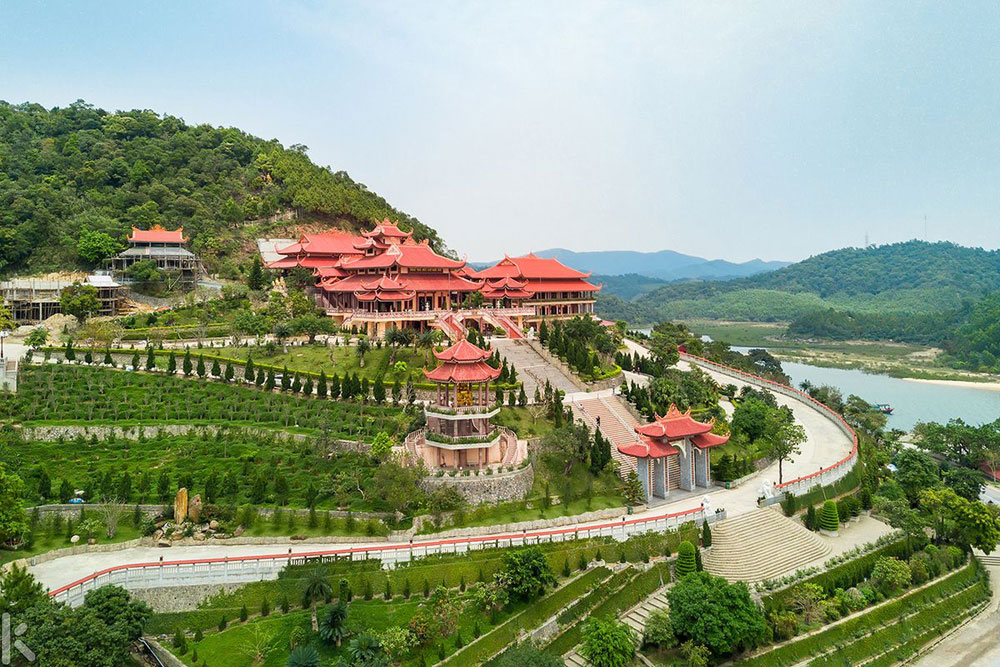 |
|
The Yen Tu – Vinh Nghiem – Con Son, Kiep Bac complex reflects the story of the formation and enduring continuation of the Truc Lam Buddhist heritage that originated from the Yen Tu mountain range (file photo). |
It is a positive, humane Buddhist ideology closely attached to daily life, bringing peace and happiness to people rather than remaining distant or detached.
At Bac Ninh, two pagodas are part of the heritage complex: Vinh Nghiem Pagoda in Tan An ward and Bo Da Pagoda in Van Ha ward. Both are regarded as major Truc Lam Buddhist centres, playing vital roles in sustaining and developing the sect.
Notably, Vinh Nghiem Pagoda preserves a unique woodblock collection consisting of 3,050 woodblocks engraved with Buddhist scriptures, medical texts and disciplinary codes in Han and Nom scripts, which has been inscribed by UNESCO under the Memory of the World Programme for Asia-Pacific.
Could you share Bac Ninh’s upcoming plans and orientations for preserving and promoting the heritage values of this world heritage site?
Such recognition has elevated the complex to an international stature, reinforcing the province’s tourism potential and attractiveness while spreading Vietnam’s cultural beauty and traditional ethical values globally.
Achieving this international recognition is primarily due to the positive and enduring contributions of generations of local people who have preserved these heritage values for over 700 years.
In the coming time, Bac Ninh will strengthen coordination with Quang Ninh province and Hai Phong city to implement management, protection and value promotion of the heritage complex.
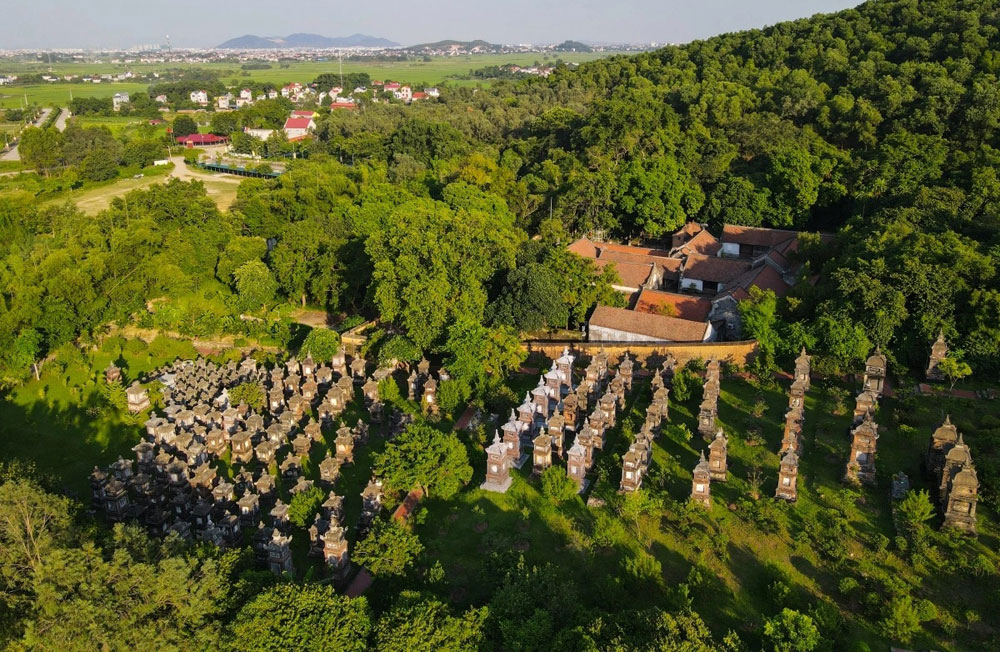 |
|
The tower garden at Bo Da Pagoda is recognized as the largest tower garden in Vietnam. It is the burial site of more than 1,000 venerable monks across different historical periods. |
We will focus on allocating funds to restore and embellish relics in accordance with global heritage conservation principles, formulating regulations and legal frameworks suitable for local practicalities to ensure effective preservation.
Public awareness campaigns will be intensified to raise understanding, responsibility and pride among residents about the heritage’s immense values, encouraging their active participation in protection, promotion, and dissemination.
This will foster tourism development and contribute to local socio-economic growth. At the same time, archaeological research around the heritage complex will continue to supplement genuinely valuable relics, expanding the heritage’s protective zones.
Each resident of Bac Ninh is encouraged to become a “cultural and tourism ambassador,” helping to spread the image and values of the province’s heritage widely across the country and to international friends.
Thank you very much for your insights.
 Bắc Ninh
Bắc Ninh


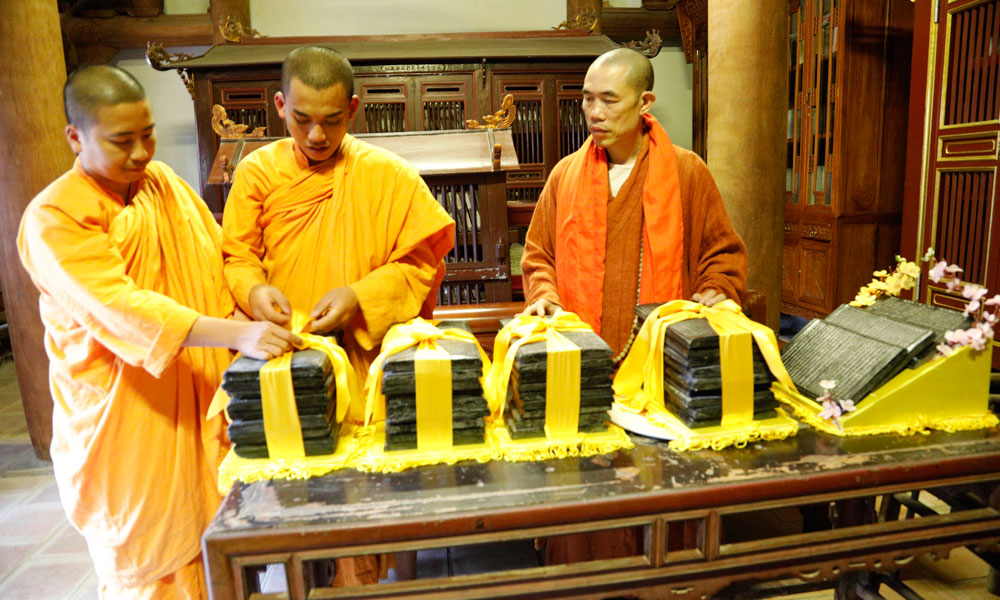
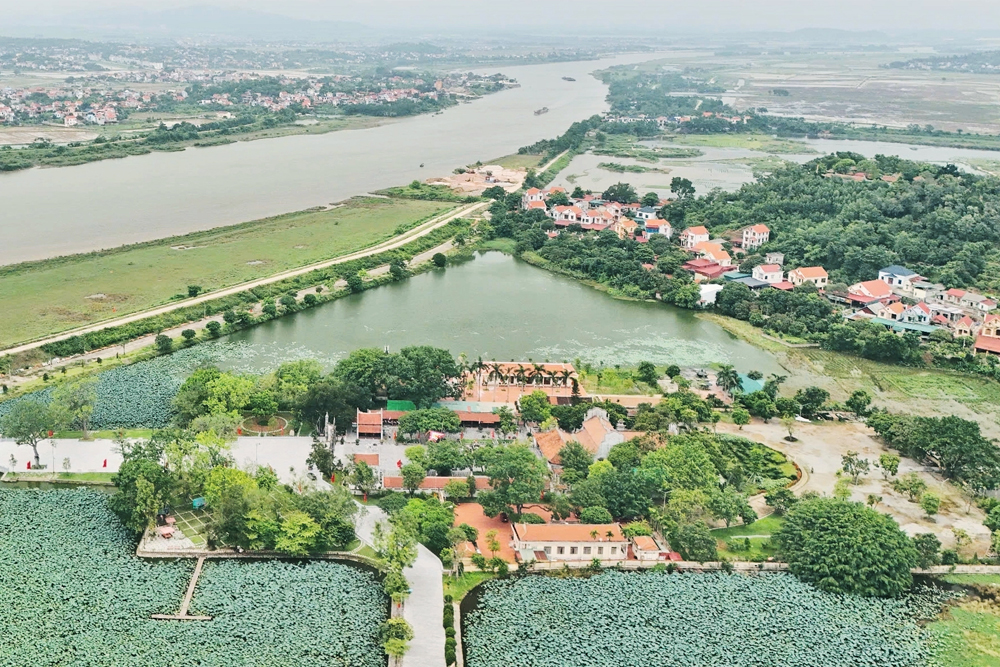
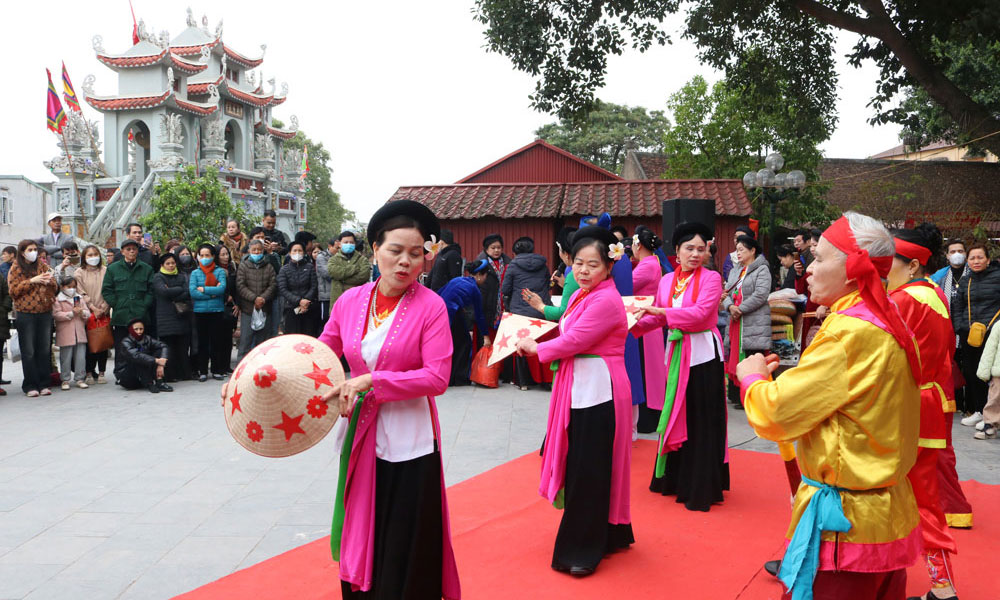
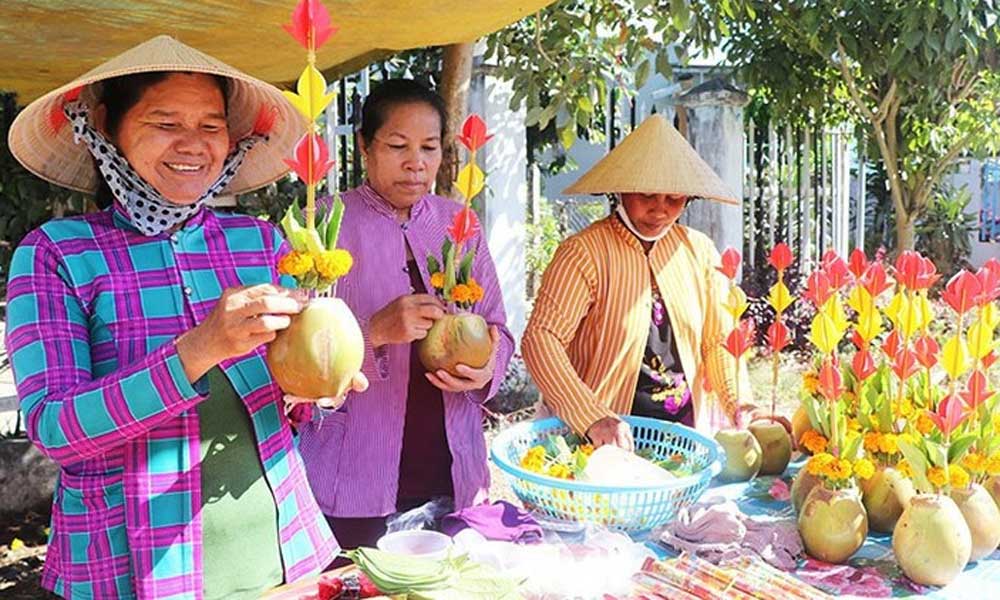
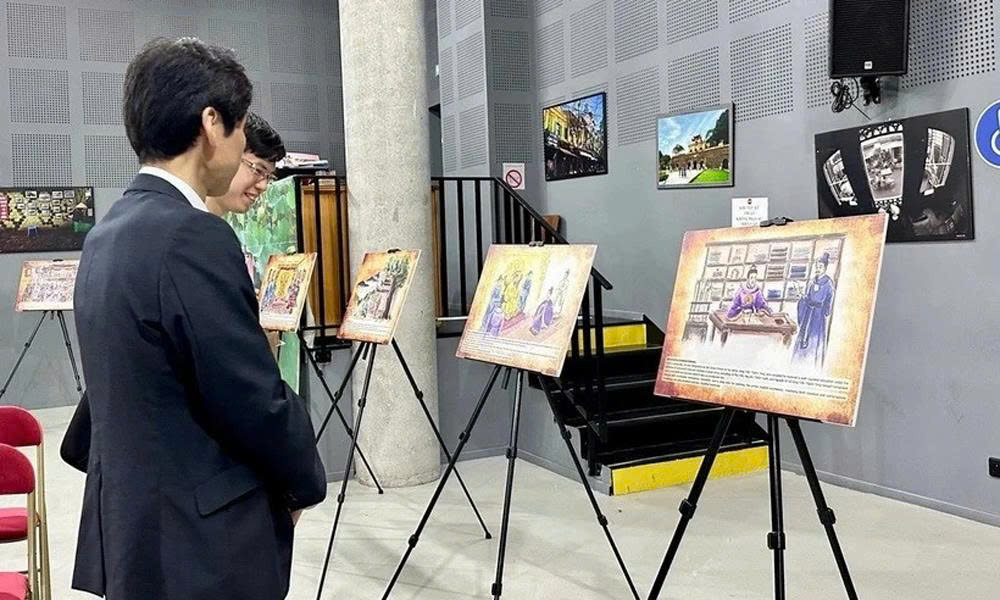
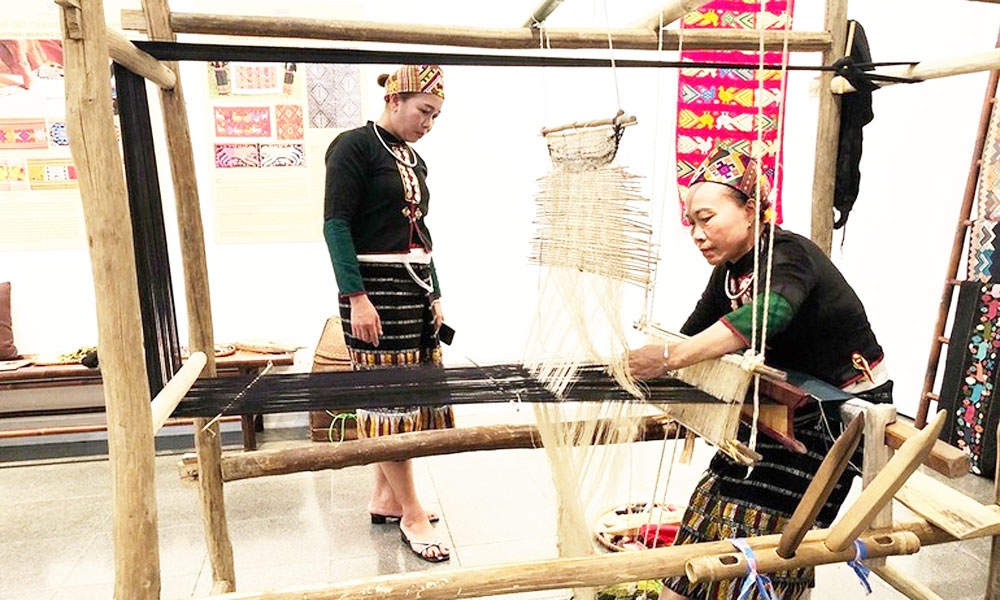

Reader's comments (0)